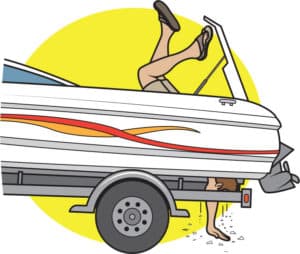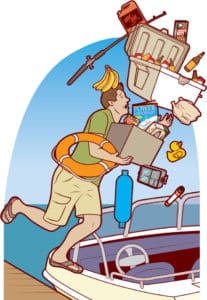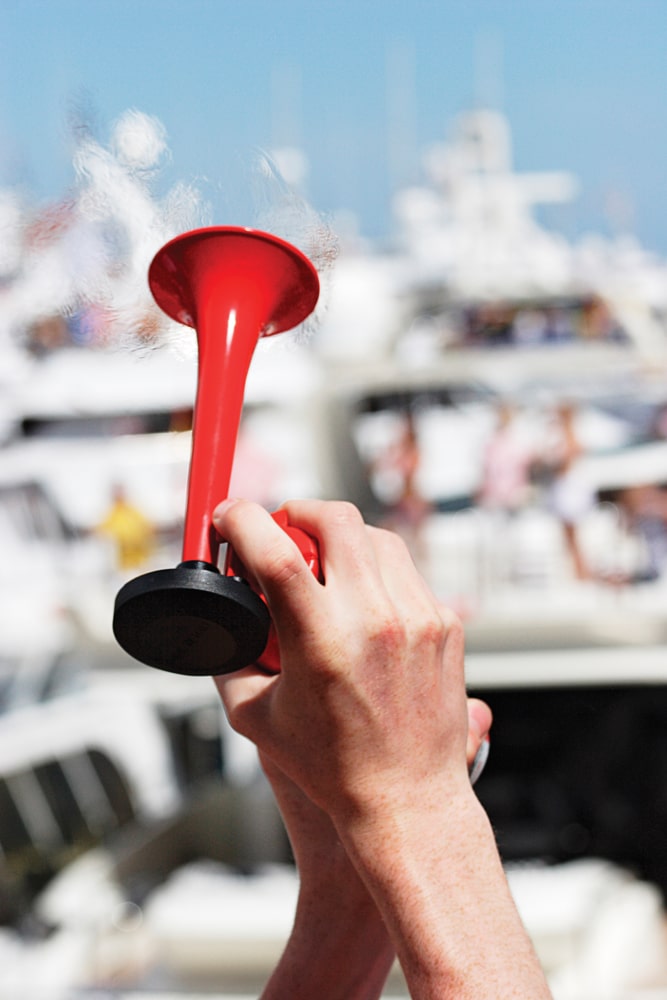
Portable Sound-Signal Devices
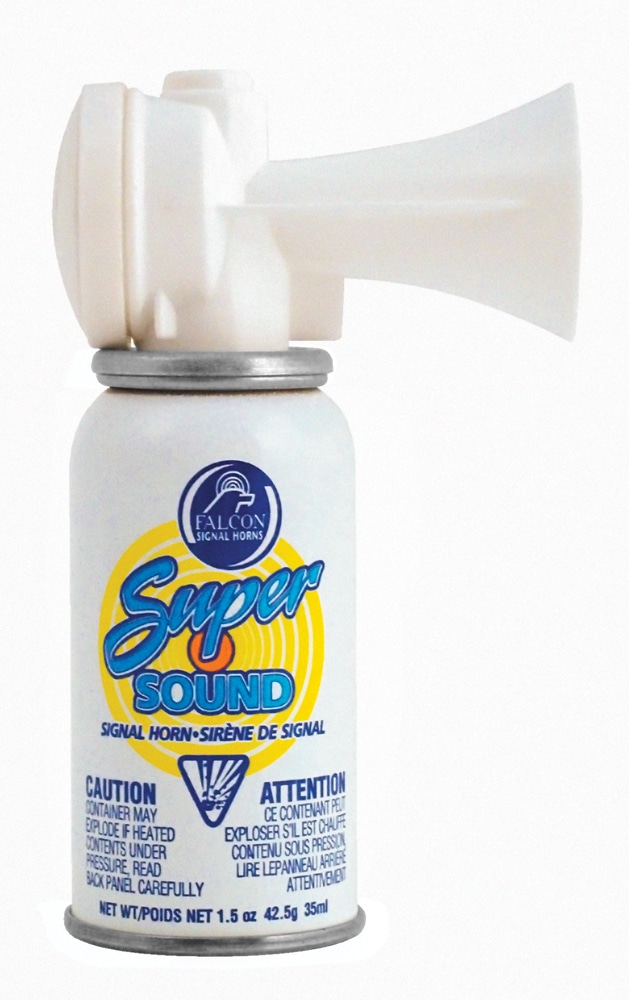
Portable Sound-Signal Devices
Portable Super Sound Signal Horn
**$11.99, westmarine.com *Sound carries a mile over water, half a mile over land.
*Maximum output is 112 db.
*The Super Sound is ozone safe.
*It’s 4½ inches tall and only 1½ ounces, so kids can use it.
*Its finite lifespan ends when the gas runs out.
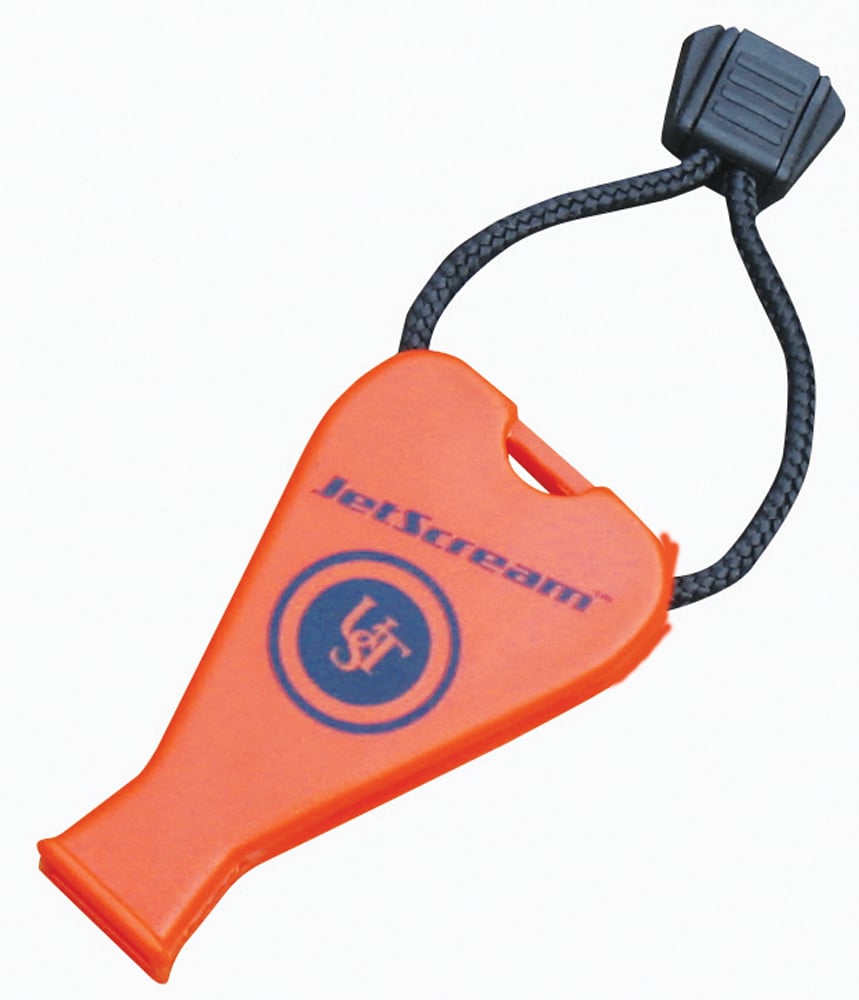
Portable Sound-Signal Devices
Safety Whistle — JetScream, Orange
$7.99, westmarine.com *It works as long as you can draw a breath and exhale.
*It’s one of the loudest whistles available at 122 decibels (db).
*Plastic construction ensures that it won’t freeze or rust.
*Lanyard attaches to life jacket or goes around wrist, but it’s small enough to fit in your pocket.
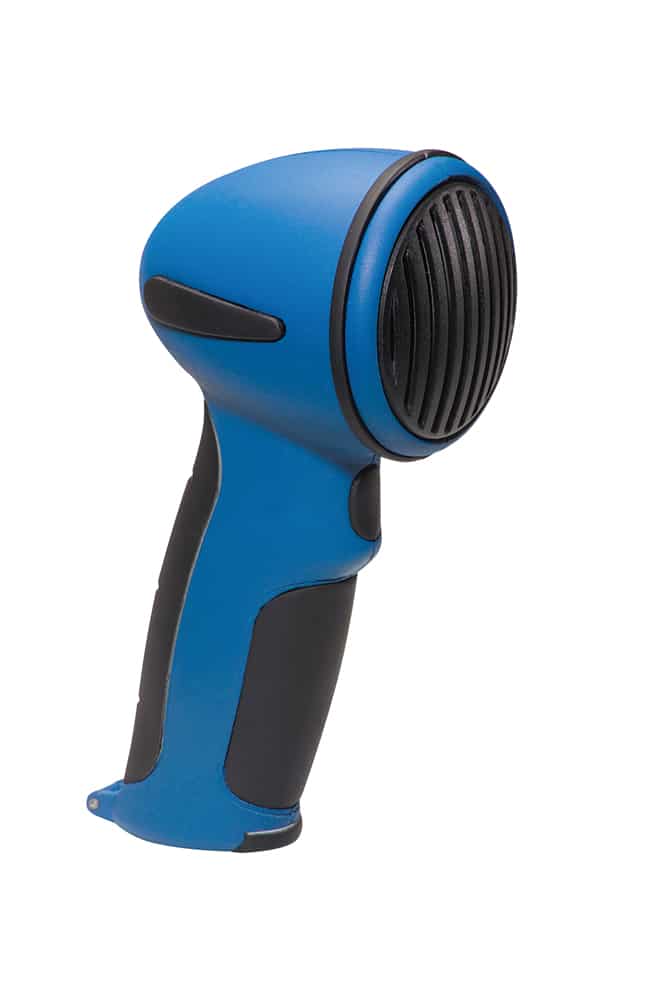
Portable Sound-Signal Devices
Electronic Handheld Horn
$41.99, westmarine.com *It can be used for emergency signaling or boat-to-boat hailing.
*It runs on 9-volt battery power, so carry backups on board.
*The horn produces a four-second, 112 db blast.
*This isn’t submersible, unlike the plastic whistle.
*It has an ergonomic pistol grip.

